Can the 3D flat foot detection instrument evaluate different age groups?
The answer is: not only can it, but it is also more accurate
Speaking of flat feet, many people will think of children and teenagers, thinking that it is a problem of "will recover when they grow up". But in fact, flat feet run through all stages of life, from the development of the arch of the foot in infancy, to the bone shaping of teenagers, to the foot fatigue or discomfort caused by structural changes in adults or the elderly, all of which require professional monitoring and timely intervention.
Then the question is:
Is the 3D flat foot detection instrument really suitable for all ages?
The answer is yes. The maturity of 3D foot scanning technology makes this type of detection equipment not only suitable for children, but also covers the foot shape assessment of teenagers, adults, and even the elderly.
Today we will comprehensively analyze this "see the future of foot shape" technology tool from the technical principles, application scenarios and data advantages.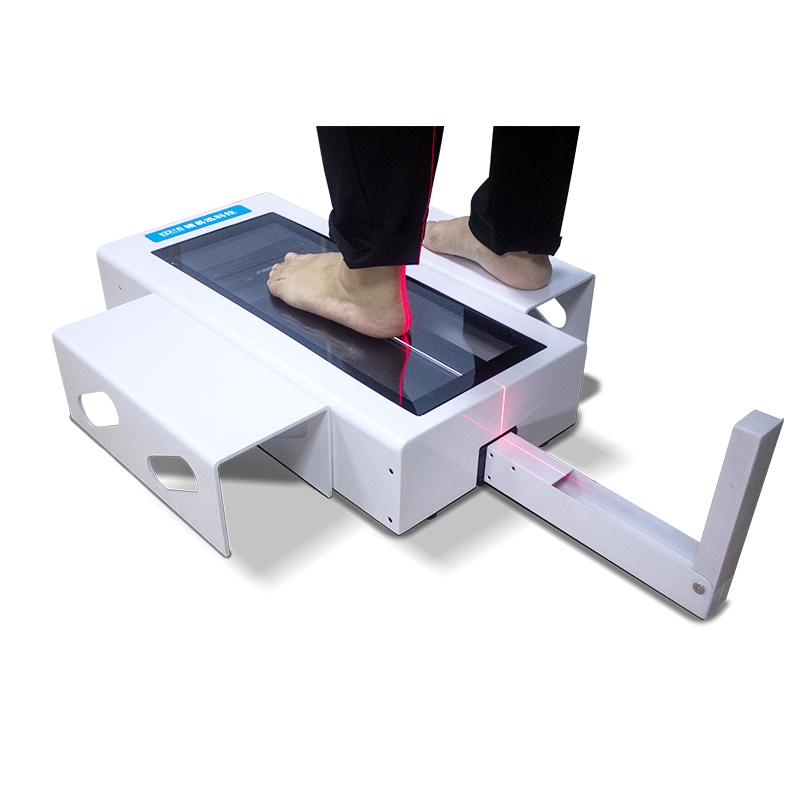
1. What is a 3D flat foot detection instrument?
Simply put, it is a foot shape acquisition device based on laser + image algorithm, which can capture the three-dimensional structure data of the foot in a short time. The user only needs to stand and stay still for a few seconds, and the device can automatically complete the three-dimensional reconstruction of key parameters such as arch height, foot length and width, and instep shape.
The whole process is non-contact, radiation-free, and non-invasive. It is suitable for different groups from children to the elderly, and is not affected by gender, weight, and foot shape.
2. Technical principle: laser irradiation + triangulation reconstruction
The core technology of this 3D detection equipment is based on laser profilometry and structured light reconstruction algorithm. The principle is as follows:
The instrument emits one or more fine laser lines, which are projected on the sole and instep surface;
The three-dimensional structure of the foot will cause the laser line to deform;
The internal image collector captures the deformation trajectory of these lines;
The system quickly reconstructs the three-dimensional contour of the foot through an algorithm.
Unlike traditional measurement tools, this system does not require users to take off their shoes and socks (transparent socks can be worn), nor does it require tedious operations such as labeling, drawing lines, and pressing. The scanning results truly reflect the original shape of the foot.
3. Why do different age groups need 3D evaluation more?
1. Children: Critical period of arch development
The foot structure of children is not yet fully formed, and the arch is mostly in a "pseudo-flat" state. Using a 3D detector can accurately grasp the height, symmetry and growth trend of the arch, helping parents and doctors determine whether intervention or correction is needed.
Regular testing = prevention is better than treatment
2. Adolescents: Before and after bone formation
After entering puberty, bones grow rapidly, and some children's original mild structural problems may be aggravated. 3D evaluation can capture subtle changes and guide whether to cooperate with sports insoles or rehabilitation training.
3. Adults: Structural deviation is often ignored
Most adults are not sensitive to the state of their foot shape. Long-term wearing of ill-fitting shoes or standing due to occupations can easily cause mild arch collapse or eversion. Through 3D testing, structural deviations can be identified early, making it easier to customize support solutions.
4. Elderly people: Stability and health are taken into account
With age, muscles and ligaments relax, the fat layer becomes thinner, and the plantar support structure may change, which in turn affects balance and gait. 3D scanning data helps determine whether cushioning or support insoles are needed to improve walking comfort and safety.
4. Data standardization helps long-term health management
The biggest advantage of 3D detection is not just one-time accuracy, but that it can be accumulated, compared and tracked. Users can do a foot scan once a year, and the system automatically records the changes in various indicators to form a "foot health file" for each person.
This is not only a scientific management of foot health, but also provides a reliable basis for future personalized insoles, sports shoe selection, rehabilitation treatment, etc.
5. Regardless of age, technology guards every step
In the past, we relied on experience to judge foot shape;
Now, we can use data to see foot shape changes.
3D flat foot detector is not only suitable for children, but also for everyone who pays attention to foot health.
Whether you are a growing child, an adult working on the go, or a silver-haired person who is eager to move forward steadily,
this technology can provide you with safer and more scientific foot analysis support.
Foot health is the "foundation" of the body.
Don’t wait until your feet start to protest before you think of evaluating them;
Don’t wait until your knees start to feel strained before you start to pay attention to your foot shape.
Let technology detect problems before pain does;
Let 3D testing become the “bottom line guardian” of your healthy life.
May every pair of feet be treated gently;
May every step be light and steady.

 +86-0755-86131192
+86-0755-86131192 2025-07-02
2025-07-02 Back to list
Back to list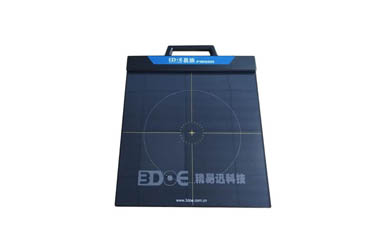
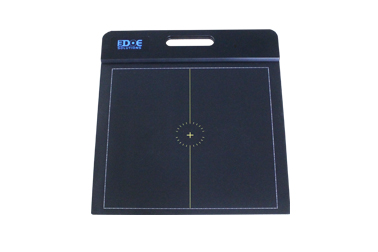
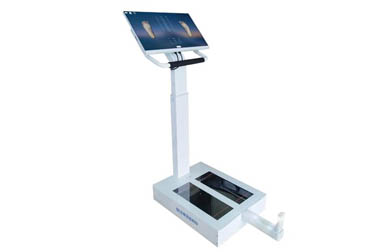
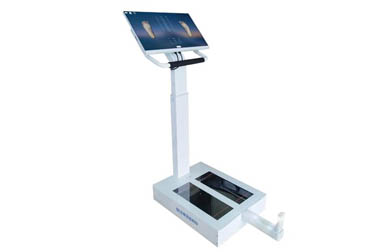
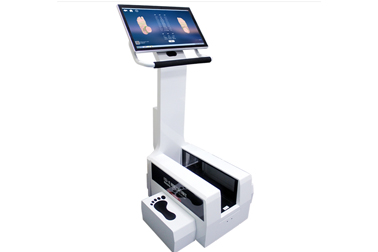
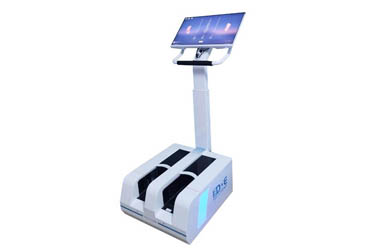



 +86-0755-86131192
+86-0755-86131192